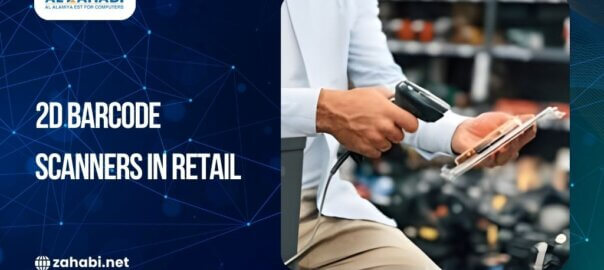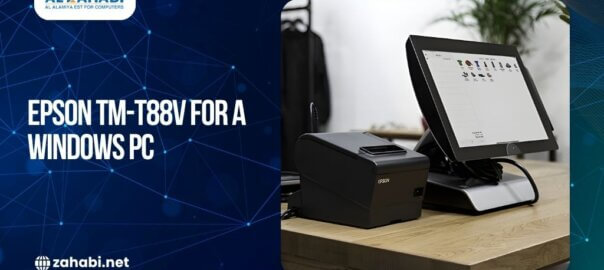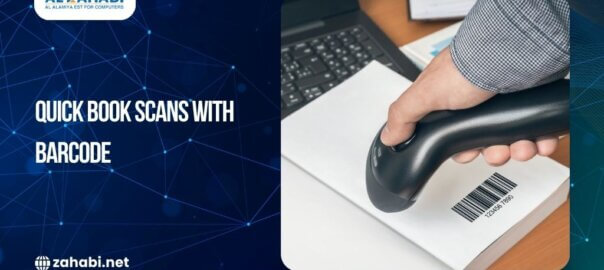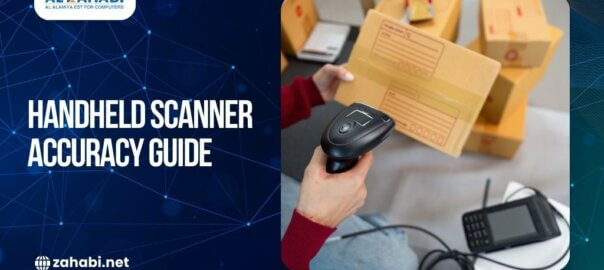
Barcode scanners have transformed how businesses work, from retail stores to warehouses. In Kuwait, the use of modern barcode scanning technology, such as Bluetooth barcode scanners, has greatly simplified inventory management and sales procedures. But how do these devices work? In this article, we look at the mechanics of barcode scanners, the advantages of Bluetooth barcode scanners, and their impact.
How do barcode scanners work?
Barcode scanners are optical readers that decipher data encoded in barcodes. Barcodes are made up of parallel lines and gaps of various widths. These patterns indicate numbers and other symbols that may be read by barcode scanners and converted into data that computers can understand.
Components of a Barcode Scanner
- Light Source: Typically, barcode scanners use a laser or LED light to illuminate the barcode. The light source is crucial as it allows the scanner to accurately read the barcode by reflecting light off the barcode and back into the scanner.
- Sensor: The sensor, often a photodiode or a charge-coupled device (CCD), detects the reflected light. The sensor converts the light signals into electrical signals.
- Decoder: The electrical signals are subsequently transmitted to the scanner’s decoder. The decoder converts these impulses into digital data that corresponds to the encoded information in the barcode.
- Communication Interface: Finally, the decoded information is transmitted to a connected computer system via a wired or wireless connection, where it can be used for various purposes, such as inventory tracking or sales processing.
Types of Barcode Scanners
Pen-style Scanners: These are small, portable gadgets with a photodiode and light source attached to the tip. The user manually moves the pen across the barcode.
Laser Scanners: Unlike pen-type scanners, laser scanners can read barcodes from a larger distance.
CCD Readers: These readers use a series of small light sensors arranged in a row. Each sensor detects the intensity of light directly in front of it.
Camera-based Scanners: These scanners read barcodes by using a camera and image processing algorithms. They can read barcodes from any angle.
Bluetooth barcode scanners: Bluetooth barcode scanners mark a significant leap in barcode scanning technology. They provide several advantages, especially in terms of mobility and ease.
Advantages of Bluetooth Barcode Scanners
- Wireless Connectivity: Bluetooth barcode scanners eliminate the need for physical cables, offering greater flexibility and reducing clutter in the workspace. This is especially useful in places where mobility is required, such as large warehouses or crowded retail establishments in Kuwait.
- Extended Range: These scanners can send data over long distances, allowing workers to move freely without being linked to their computers. This increased range allows for more efficient scanning procedures.
- Ease of Integration: Bluetooth barcode scanners can effortlessly connect to a variety of devices, including smartphones, tablets, and laptops. Because of their compatibility, they can be used in a wide range of operational contexts.
- Improved Efficiency: Bluetooth barcode scanners increase productivity by improving the scanning process. Employees may accomplish their responsibilities more quickly and accurately, resulting in higher overall operational efficiency.
Conclusion
Barcode scanners have definitely revolutionized current company operations, and the transition continues with the introduction of Bluetooth technology. Businesses in Kuwait are utilizing the benefits of barcode scanning to increase efficiency, accuracy, and overall production. As technology advances, we can expect even more innovative applications and enhancements in barcode scanning, further solidifying their importance in the digital age.












